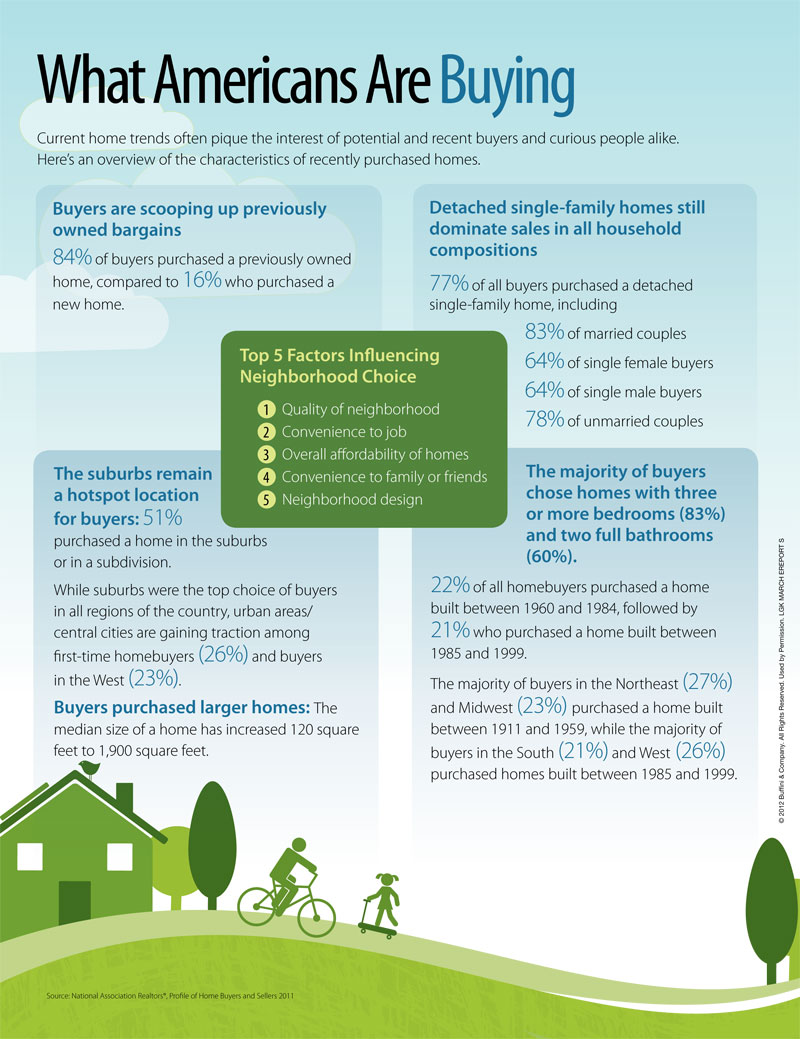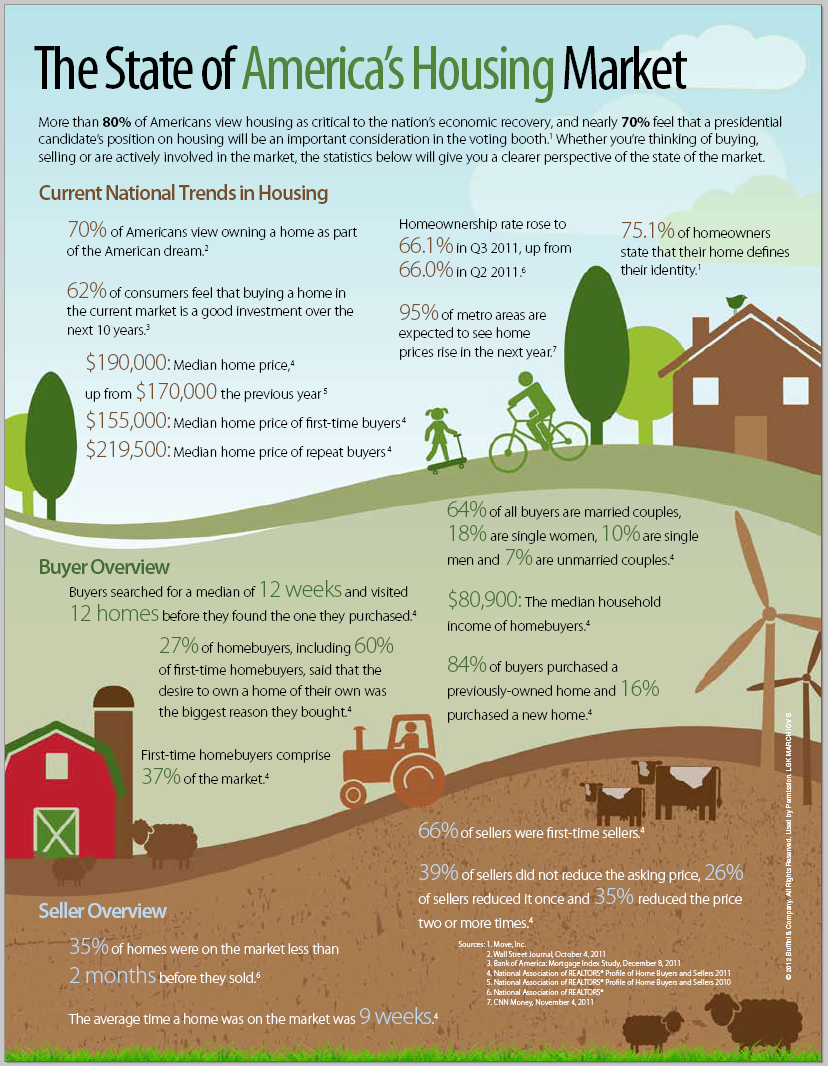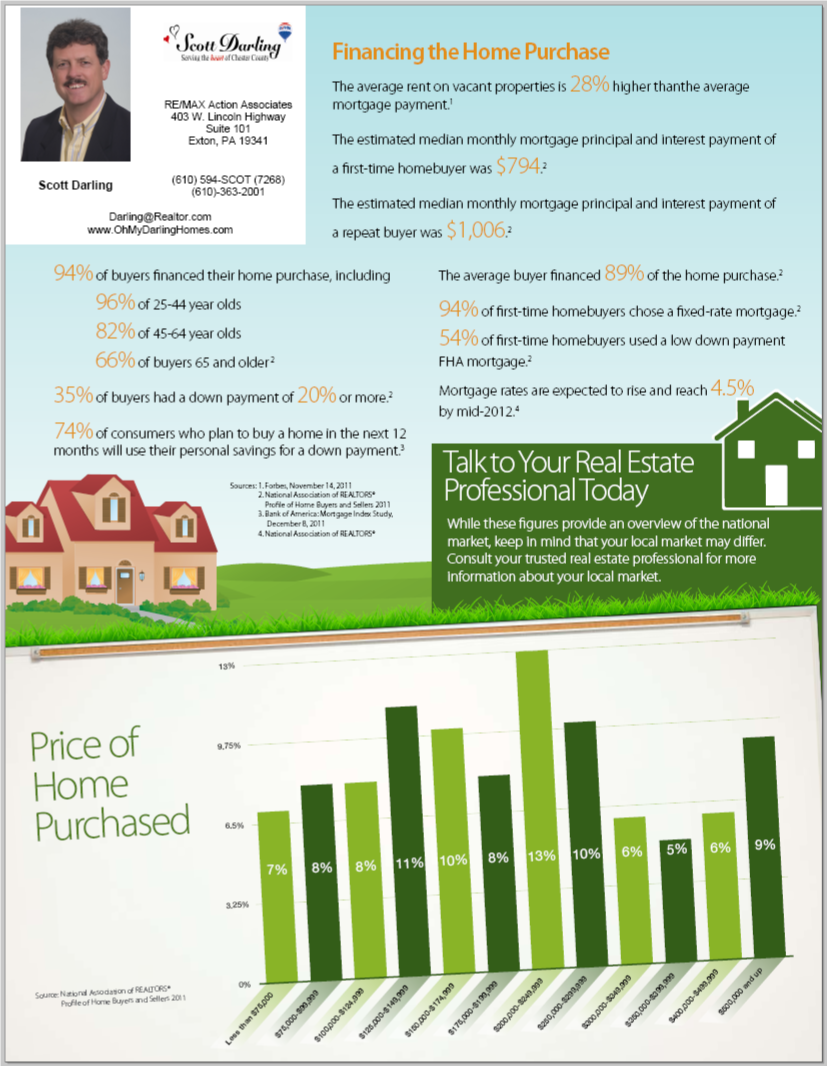Thinking of Buying a Chester County PA Home? First Get Pre-approved!
Few people can buy a home for cash. According to the National Association of REALTORS® (NAR), nearly nine out of 10 buyers of Chester County PA homes finance their purchase, which means that nearly all buyers -- especially first-time purchasers -- require a loan. The real issue with real estate financing is not getting a loan (almost anyone willing to pay lofty interest rates can find a mortgage). Instead, the idea is to get the loan that's right for you -- the mortgage with the lowest cost and best terms.
 Realtors routinely urge prospective buyers to get pre-approved for a loan before they even begin looking at Chester County PA homes. They also stress the importance of obtaining a letter of pre-approval rather than of pre-qualification. Although many homebuyers use these two terms interchangeably, there are significant differences between the two. Simply stated, pre-qualification lets sellers know that a prospective buyer of their Chester County PA home is likely to qualify for a loan, whereas pre-approval, although not an absolute guarantee, indicates that a loan officer has determined a borrower is credit-worthy and financially able to qualify for a certain loan.
Realtors routinely urge prospective buyers to get pre-approved for a loan before they even begin looking at Chester County PA homes. They also stress the importance of obtaining a letter of pre-approval rather than of pre-qualification. Although many homebuyers use these two terms interchangeably, there are significant differences between the two. Simply stated, pre-qualification lets sellers know that a prospective buyer of their Chester County PA home is likely to qualify for a loan, whereas pre-approval, although not an absolute guarantee, indicates that a loan officer has determined a borrower is credit-worthy and financially able to qualify for a certain loan.
The advantages of searching for a Chester County PA home with evidence of pre-approval in hand are many. In essence, they include the following:
- Mortgage preapproval is going to tell you exactly how much money you can borrow. This way, you will know how much your mortgage payment is going to be ahead of time.
- You won’t waste time (or be sorely disappointed) by looking at houses you can’t afford.
- Sellers and Realtors will take you seriously. They are much more comfortable with the certainty that you can obtain a loan (and that the deal won’t fall through), and thus may be more willing to negotiate.
- Once you find a home, the mortgage process can proceed more quickly because your lender will already have.
Although lender requirements for pre-approval may vary somewhat, be prepared to supply the following information:
- Purchase Agreement
- Social Security Number and Date of Birth
- W-2/1040 Forms
- Recent pay stubs
- Bank account statements
- Credit card statements
- Debts and liabilities
- Mortgage or rental histories
- Investment properties
- Employers
- Asset statements
- Personal property
- Current and previous statements
Supplying all this information may seem like a time-consuming process, but in the end of your house-hunting journey, you’ll be glad you did it!







